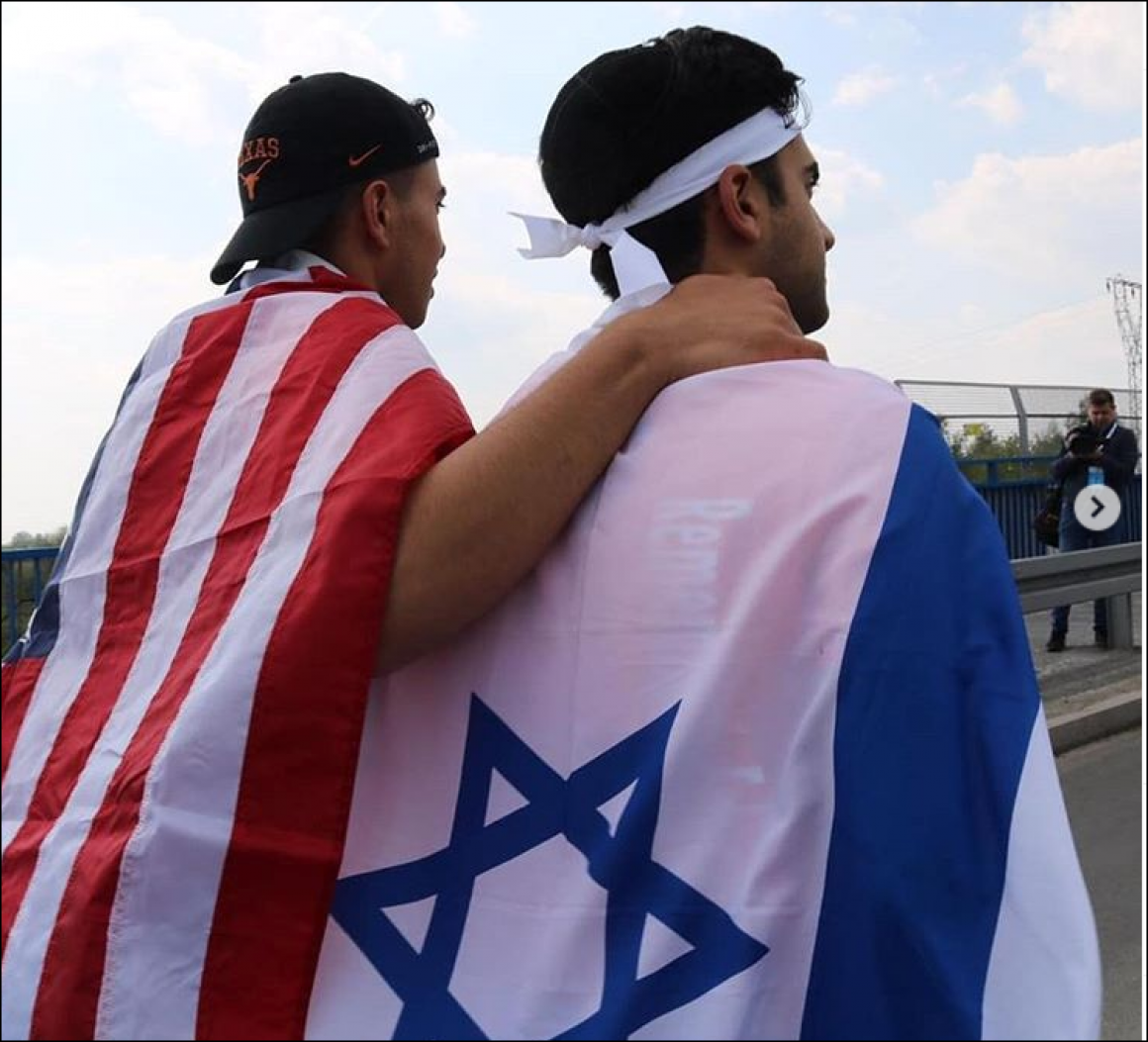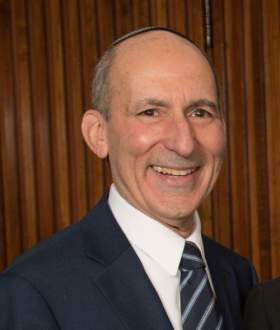
Back to the Future: Remember, Educate, Act
Jews throughout the world have, in recent weeks, begun anew the cycle of weekly Torah study. Of the 54 installments into which the Torah is divided for weekly study purposes (there are some “doubleheaders” to complete the cycle within a Hebrew calendar year), the opening two deal with universal themes. Humankind, we read, is created in God’s image; rabbinic tradition adds that humanity springs from a common ancestor so that no individual or group should imagine or claim that it is, somehow, inherently greater than another.
The third Torah portion in the annual cycle introduces readers to Abraham and Sarah; the balance of the Torah focuses on experiences and guiding principles that have, for millennia, informed the lives and actions of many Jews, across time and place. Long ago, rabbinic commentaries noted a fundamental difference in the Biblical text in describing Noah, the subject of this week’s (second portion in the annual cycle of study) Torah portion, and Abraham. While, of Noah, the Torah relates that he walked “with” God, Abraham, the Torah conveys, walked “before” God. Rashi (1040-1105) suggests that while Noah needed support to bear him up, Abraham walked righteously on his own.
The dispositions of Noah and Abraham are reflected in their responses to notice of impending devastation. Learning that the world is to be destroyed and that he and his family will be spared, Noah (simply) proceeds to execute the instruction to build an ark. Abraham, learning that Sodom and Gomorrah are to be destroyed, remonstrates with God, challenging whether a just God is prepared to destroy the righteous along with the wicked.
In choosing to disclose that Sodom and Gomorrah will be destroyed, God says of Abraham that he will instruct his progeny and posterity to do what is just and right. Negotiation ensues: “What if there are 50 righteous people in Sodom?” asks Abraham. “Will You then wipe out the place…?” God’s response is telling: “If I find 50 righteous people ‘b’tokh ha-ir’—in the midst of the city—I will forgive the whole place for their sake.” The mere existence of people doing no harm would not suffice to alter the course of events. Those acting righteously needed to be active within the city (I am indebted to my teacher Nehama Leibowitz z”l for this insight into the meaning of the text).
Fast forward several millennia. In 1919, Adolf Hitler—then 30 years old—wrote of the Jews’ “lust for power and money.” “The final objective,” he pronounced, “must be the complete removal of the Jews.” Tragically, Hitler’s steady climb to power went unchecked; millions of Jews—and others considered sub-human—were systematically murdered.
BJE has, since the 1990s—with support from the Jewish Federation—partnered with International March of the Living in providing L.A. high school seniors the opportunity of traveling to Poland to learn of Jewish life in Europe before, during, and after the Holocaust, and to Israel to celebrate Israel’s rebirth as a modern state and deepen understanding of Israeli life and society. The motto of BJE’s March of the Living program—in the spirit of involvement “in the midst of the city”—is: “Remember, Educate, Act.” At this very time, just as teens are registering for the 2023 “March,” anti-Semitic hate speech has been expressed and propagated by the artist Ye, formerly known as Kanye West.
That major entities have ceased doing business with this artist is a welcomed response. BJE encourages educators and families to use this teachable moment to discuss, consider, and take appropriate action(s) in the face of such hate speech. As descendants of Abraham, it is our enduring mission—now, as in ages past—“to do what is just and right.” It is a time for all of us to Remember, Educate, Act.

